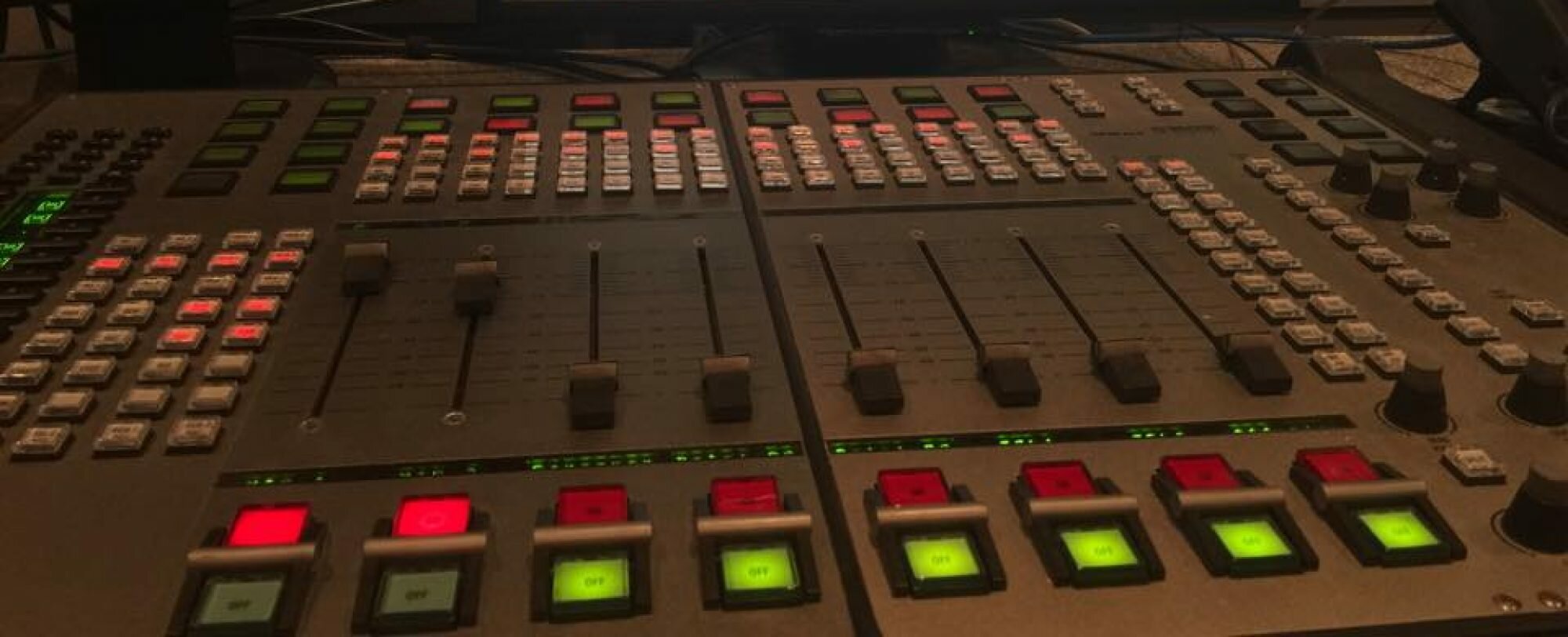 I’m always looking for interesting stories to produce outside of the studio and in a city like Washington DC, finding good opportunities isn’t difficult. Hidden Treasures from the National Museum, Kabul is at the National Gallery of Art for another couple of months (it leaves September 7th) and from there makes its way to San Francisco, Houston, and finally New York City (see the full schedule).
I’m always looking for interesting stories to produce outside of the studio and in a city like Washington DC, finding good opportunities isn’t difficult. Hidden Treasures from the National Museum, Kabul is at the National Gallery of Art for another couple of months (it leaves September 7th) and from there makes its way to San Francisco, Houston, and finally New York City (see the full schedule).
A few years ago, on a whim, I took a history of the Silk Road course in graduate school. Although I had no background in Asian history or culture, I quickly became fascinated by the way cultures, religions, and of course, goods were exchanged along these trade routes. Afghanistan was a major crossroad for these caravans; after all, it’s perfectly situated between the major traders, China and Rome. As a result of all this trade (and from its own natural resources), Afghanistan grew wealthy, making it a target for outside invasion and looting. Sadly, over the years, some things haven’t changed, although the reasons and perpetrators have. The looting of Afghanistan’s national museum started with their civil wars in the late 1970s, and in 1994 the museum was hit by rocket fire. A few years later, the Taliban ordered the destruction of all images, and subsequently thousands of the museum’s statues were smashed. The people of Afghanistan assumed most of the museum’s collection was either destroyed or stolen. Then, in 2004, it was revealed that some of their most important artifacts were hidden away in metal strong boxes in the vault of the presidential palace.
The exhibition’s curator Dr. Fred Hiebert, who was there for the opening of these boxes, has called this recovery a “good news story” in a place whose news is largely dominated by tragedy. But it’s even more than that, as he explained to Bob during this interview: this exhibition is an opportunity for viewers to see into Afghanistan’s cultural history, and get a small sense of what true Afghans are really like.
Click here for more Afghan Treasures.
– Cristy Meiners
